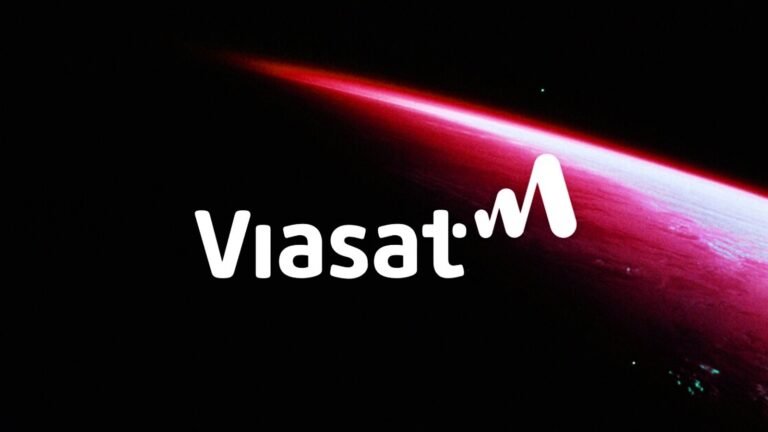Quick Takeaways
-
Cyberattack Details: Viasat has become a target of China’s Salt Typhoon cyber-espionage group, following previous breaches of multiple telecom providers globally, including AT&T and Verizon.
-
Impact Assessment: Despite discovering the breach earlier this year, Viasat claims no evidence suggests customer impact, and the incident has been remediated with close coordination with federal authorities.
-
Historical Context: This breach follows a significant cyberattack on Viasat’s KA-SAT service in February 2022, which affected thousands of customers and vital infrastructure shortly before Russia’s invasion of Ukraine.
- Ongoing Threat: Salt Typhoon has been actively targeting telecom companies since 2019, exploiting vulnerabilities in unpatched Cisco IOS XE network devices, raising concerns about security within U.S. telecom networks.
Underlying Problem
In a recent exposé, Viasat, a prominent satellite communications firm catering to government and commercial entities globally, has fallen prey to the notorious Salt Typhoon cyber-espionage group, linked to Chinese state-sponsored hacking. This breach, uncovered earlier this year, comes on the heels of previous attacks targeting other major telecom providers in the United States and around the world. Viasat revealed that it has approximately 189,000 broadband subscribers in the U.S. and has been collaborating with federal authorities to probe into the unauthorized access, as initially reported by Bloomberg. Despite the breach, Viasat has asserted through BleepingComputer that no evidence has surfaced indicating customer impact, attributing the unauthorized access to a compromised device.
The Salt Typhoon group’s history is riddled with high-profile incursions since at least 2019, focusing primarily on telecom networks and even accessing sensitive U.S. law enforcement communications. Past incidents include the 2022 breach of Viasat’s KA-SAT service, which crippled thousands of broadband modems in Europe and Ukraine, just prior to Russia’s invasion of Ukraine. As FBI and CISA investigations have confirmed, Salt Typhoon’s relentless targeting of telecom infrastructure poses a significant threat not just to corporate entities like Viasat, but also to national security, casting a shadow over the ongoing struggle against state-sponsored cyber threats.
Risk Summary
The recent breach of Viasat by the Salt Typhoon cyber-espionage group highlights profound risks that extend far beyond the immediate damage to the company; the repercussions can substantially jeopardize interconnected businesses, users, and organizations. Given Viasat’s role as a major satellite broadband provider—serving diverse sectors, including military and critical infrastructure—the compromise of its networks potentially undermines the integrity of vital communication channels. This could lead to unauthorized access to sensitive governmental communications or critical operational data, presenting a lucrative target for adversaries. Furthermore, as the attack vectors employed by Salt Typhoon have already been proven effective against a multitude of telecom providers, there exists an unsettling likelihood that other companies—especially those within the telecommunications realm—could also fall victim to similar breaches, resulting in cascading effects of data theft, operational disruptions, and erosion of customer trust. Consequently, users may face not just immediate inconveniences but could also find themselves grappling with diminished cybersecurity standards and vulnerabilities in their own operations due to dependencies on these compromised networks.
Possible Action Plan
The recent breach of telecom giant Viasat by China’s Salt Typhoon hackers underscores the critical nature of timely remediation in safeguarding sensitive data and maintaining operational integrity.
Mitigation Steps
- Enhance Network Monitoring
- Strengthen Access Controls
- Conduct Vulnerability Assessments
- Implement Incident Response Plans
- Update Security Protocols
- Train Employees on Phishing Risks
- Collaborate with Cybersecurity Experts
NIST CSF Guidance
According to the NIST Cybersecurity Framework (CSF), organizations must adopt a proactive stance toward identifying and mitigating vulnerabilities. Specifically, referring to NIST SP 800-53 can provide comprehensive strategies on security and privacy controls essential for managing such incidents effectively.
Continue Your Cyber Journey
Discover cutting-edge developments in Emerging Tech and industry Insights.
Explore engineering-led approaches to digital security at IEEE Cybersecurity.
Disclaimer: The information provided may not always be accurate or up to date. Please do your own research, as the cybersecurity landscape evolves rapidly. Intended for secondary references purposes only.
Cyberattacks-V1

